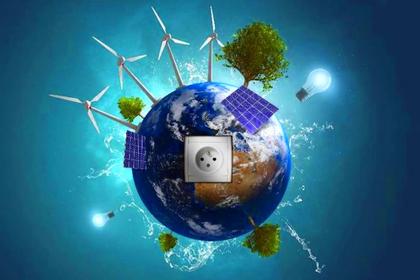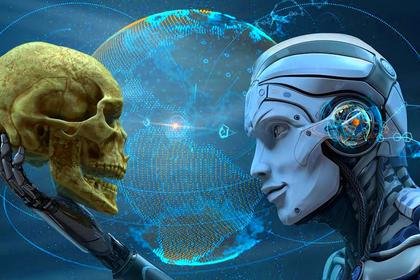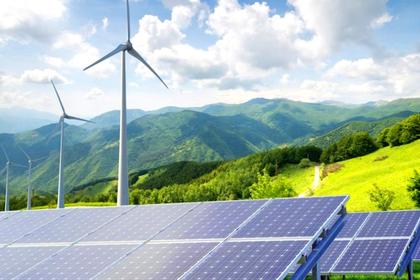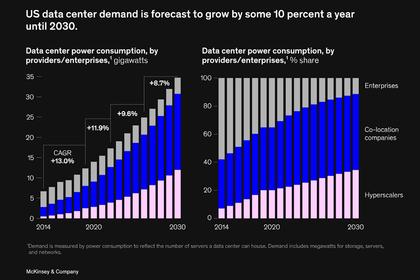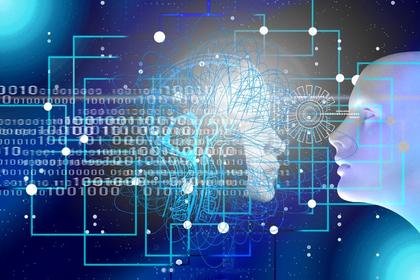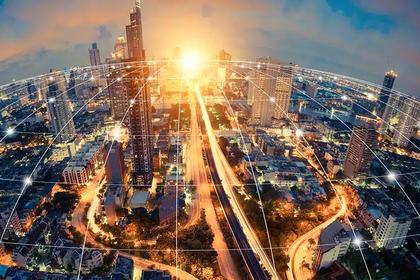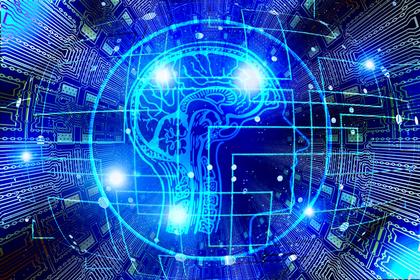
AI NEEDS HUGE ENERGY
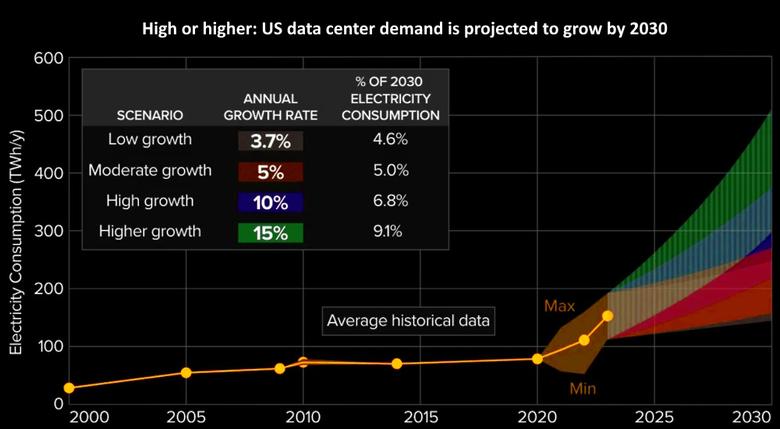
By Fereidoon P. Sioshansi, Ph.D. President, Menlo Energy Economics
ENERGYCENTRAL - Aug 1, 2024 - In June 2024, the market value of Nvidia exceeded $3 trillion, beating Microsoft and Apple to become the most valuable company in the US. As a point of comparison Nvidia’s market cap exceeds that of the top 100 largest utilities in the US and Europe combined. What explains this phenomenal rise? Its chips are used by the 5 hyperscalers: Apple, Google, Meta, Amazon, Microsoft and Elon Musk’s xAI.
The growth of data centers and the rise of Artificial Intelligence (AI) are consuming ever increasing amounts of energy. Their continued growth has become a source of concern for utilities across the world. According to a Federal Energy Regulatory Commission (FERC) report US data center load could grow to nearly 21 GW in 2024, up from 19 GW in 2023. By the end of the decade, their electricity demand is expected to climb to 35 GW. Currently, data centers account for around 4% of the total US electricity load. That could rise to 9% by 2030. Part of the growth is due to the increasing computing power needed by AI.
As a rule of thumb, AI queries use roughly 10 times more power than the traditional internet searches while AI-generated music, photos, and videos requires far more.
The International Energy Agency (IEA) predicts that the US data center electricity consumption will rise from 200 TWh in 2022 to about 260 TWh by 2026 – roughly 6% of US electricity demand – while a study by the Boston Consulting Group (BCG) puts the number at 7.5% by 2030.
Given the wide range of estimates, Powering Intelligence: Analyzing Artificial Intelligence and Data Center Energy Consumption, a recently released report by the Electric Power Research Institute (EPRI) examines 4 scenarios of demand growth (visual above):
A low-growth scenario where data centers’ electricity consumption would grow by 3.7% annually, reaching 4.6% by 2030, primarily driven by limited AI tool adoption coupled with significant efficiency improvements;
A moderate-growth scenario with a 5% annual growth rate, resulting in data centers consuming 5% of US electricity;
Two high-growth scenarios with annual growth rates of 10% and 15% where data centers consume 6.8% to 9.1% of the nation’s electricity by 2030. The latter assumes rapid AI adoption and limited efficiency improvements.
Clearly these are non-trivial numbers. Why so much?
In a 20 June 2024 post on the Electricity Brain Trust (EBT), Arshad Mansoor, EPRI’s CEO explains that AI’s voracious power demand “… is driven by the computational needs for training generative AI using the ‘Transformer Model’ introduced in the seminal paper ‘Attention is All You Need’ by researchers at Google in 2017 which is foundational to the advancements we see in AI today.”
As Mansoor explains, “We are attempting to digitally replicate an artificial brain, requiring trillions of parameters – akin to the synapses connecting neurons in a biological brain.”
“An average human brain has approximately 500 trillion synapses. In comparison, GPT-3, released in November 2022, contained around 150 billion parameters, while its successor, GPT-4, has approximately 1.5 trillion.”
Mansoor adds, “It's conceivable that we may soon develop an artificial brain with parameters on the scale of the human brain, around 500 trillion,” with massive power consumption. “In the near term, the most promising approach is to establish a framework for the flexible operation of these large data centers, enabling them to serve as reliable resources,” he says. In the long term, we need to develop more efficient analog methods for training artificial brains.
As often happens with major technological breakthroughs, with the arrival and rapid growth of AI “the landscape has shifted.”
In addition to expected improvements in processing, AI data centers have considerable flexibility in when and where they perform the most electricity-intensive tasks. According to Mansoor, “… potential of load flexibility as a resource remains largely untapped and highly valuable.”
Harvey Michaels, an MIT lecturer, points out that generative AI training load has some flexibility meaning that it can be managed to avoid the relatively small number of hours when the system is constrained, performing its most energy-hungry tasks mostly within the deepest valleys of demand. He believes that “Such loads are excellent for improving system utilization rates, and thereby reducing the average price per kWh for electrification of heat and transportation.”
No doubt, the expected growth of data centers and AI will increase electricity demand but as often happens – e.g., with electric vehicle charging – as long as the increased load is managed, it need not be as ominous as some predictions make it to be.
-----
This thought leadership article was originally shared with Energy Central's Load Management Community Group. The communities are a place where professionals in the power industry can share, learn and connect in a collaborative environment. Join the Load Management group today and learn from others who work in the industry.
-----
Earlier:
